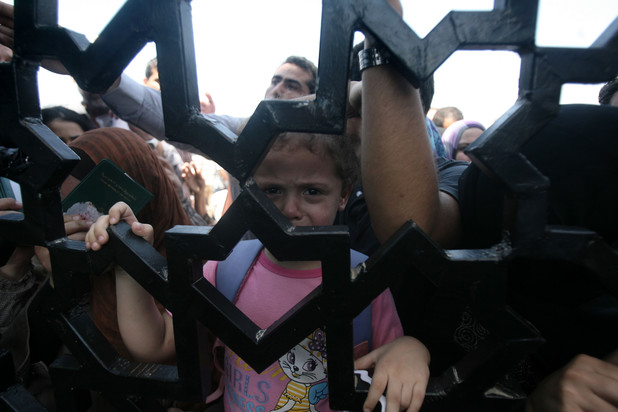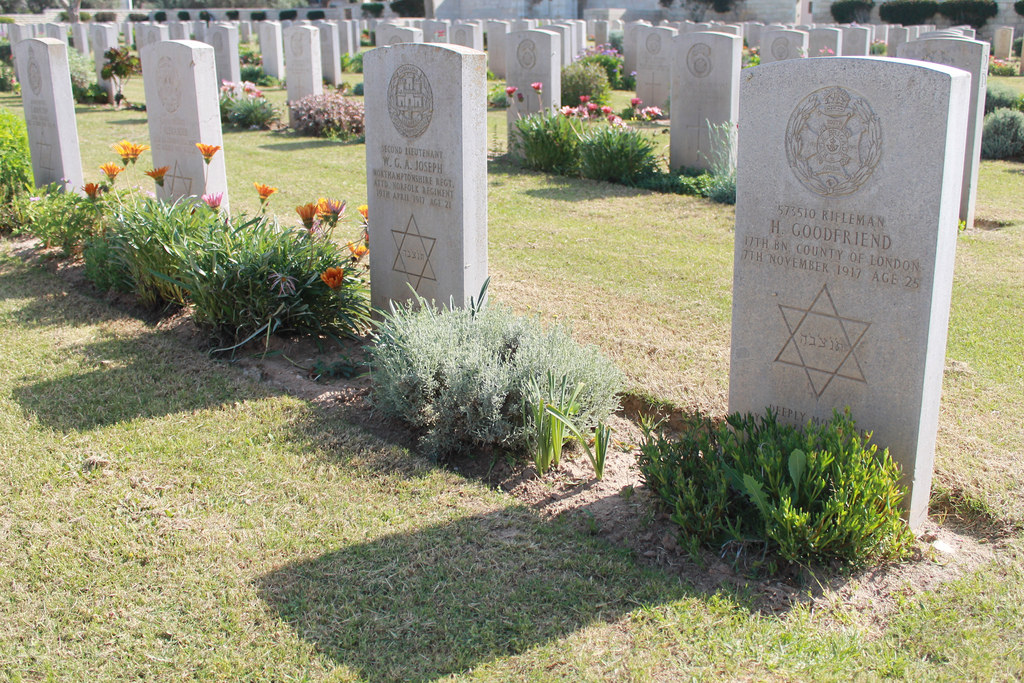Tag: Gaza Siege
-
Urgent call to action: Tell Egypt to end Gaza siege, refuse complicity in Israeli genocide
2nd August 2014 | International Solidarity Movement | Occupied Palestine Urgent call to action In response to calls from our fellow human beings and comrades in Gaza who ask that we bring an end to the Egyptian government’s complicity in Israel’s genocide of…
-
The Palestine Trauma Centre – psychological support for Gaza
30th April 2014 | Paramedics in Gaza | Gaza, Occupied Palestine We connected with the Palestine Trauma Centre (PTC) before we had left the UK. Within a few days of contact with them they had resolved all of our complicated visa issues and have since proved to be the most wonderful hosts. In our first couple of…



